1. The Oratorio per la Settimana Santa: Sinfonia grave
Composer: Salamone Rossi
Artist(s): Ensemble de La Chapelle Saint-Marc, Frank Agsteribbe
2. The Oratorio per la Settimana Santa, prima parte: Turba, Pilato
Composer: Luigi Rossi
Artist(s): cantoLX, Ensemble de La Chapelle Saint-Marc, Frank Agsteribbe
3. The Oratorio per la Settimana Santa: Sonata Decima Quinta à 4: Adasio (Sinfonia)
Composer: Dario Castello
Artist(s): Ensemble de La Chapelle Saint-Marc, Frank Agsteribbe
4. The Oratorio per la Settimana Santa, Prima parte: Demoni
Composer: Luigi Rossi
Artist(s): cantoLX, Ensemble de La Chapelle Saint-Marc, Frank Agsteribbe
5. The Oratorio per la Settimana Santa, Prima parte: Coro de’ demoni
Composer: Luigi Rossi
Artist(s): cantoLX, Ensemble de La Chapelle Saint-Marc, Frank Agsteribbe
6. The Oratorio per la Settimana Santa, Seconda parte: Demoni
Composer: Luigi Rossi
Artist(s): cantoLX, Ensemble de La Chapelle Saint-Marc, Frank Agsteribbe
7. The Oratorio per la Settimana Santa, Seconda parte: Maria ‘Tormenti non più’
Composer: Luigi Rossi
Artist(s): cantoLX, Ensemble de La Chapelle Saint-Marc, Frank Agsteribbe
8. The Oratorio per la Settimana Santa, Seconda parte: Maria ‘Asprissimi chiodi’
Composer: Luigi Rossi
Artist(s): Véronique Nosbaum, Ensemble de La Chapelle Saint-Marc, Frank Agsteribbe
9. The Oratorio per la Settimana Santa, Seconda parte: Maria ‘Errai, ah figlio errai’
Composer: Luigi Rossi
Artist(s): cantoLX, Ensemble de La Chapelle Saint-Marc, Frank Agsteribbe
10. The Oratorio per la Settimana Santa, Seconda parte: Maria ‘Votisi’ – ‘Dolori’
Composer: Luigi Rossi
Artist(s): Véronique Nosbaum, Ensemble de La Chapelle Saint-Marc, Frank Agsteribbe
11. The Oratorio per la Settimana Santa, Seconda parte: Coro ‘Piangete, occhi piangete’
Composer: Luigi Rossi
Artist(s): cantoLX, Ensemble de La Chapelle Saint-Marc, Frank Agsteribbe
12. Orfeo dolente: ‘Numi d’Abisso’
Composer: Domenico Belli
Artist(s): Peter de Laurentiis, Ensemble de La Chapelle Saint-Marc, Frank Agsteribbe
13. Toccata for Keyboard
Composer: Luzzasco Luzzaschi
Artist(s): Frank Agsteribbe
14. Toccata quarta for Keyboard
Composer: Girolamo Frescobaldi
Artist(s): Frank Agsteribbe
15. Toccata for Keyboard (2)
Composer: Giovanni Picchi
Artist(s): Frank Agsteribbe

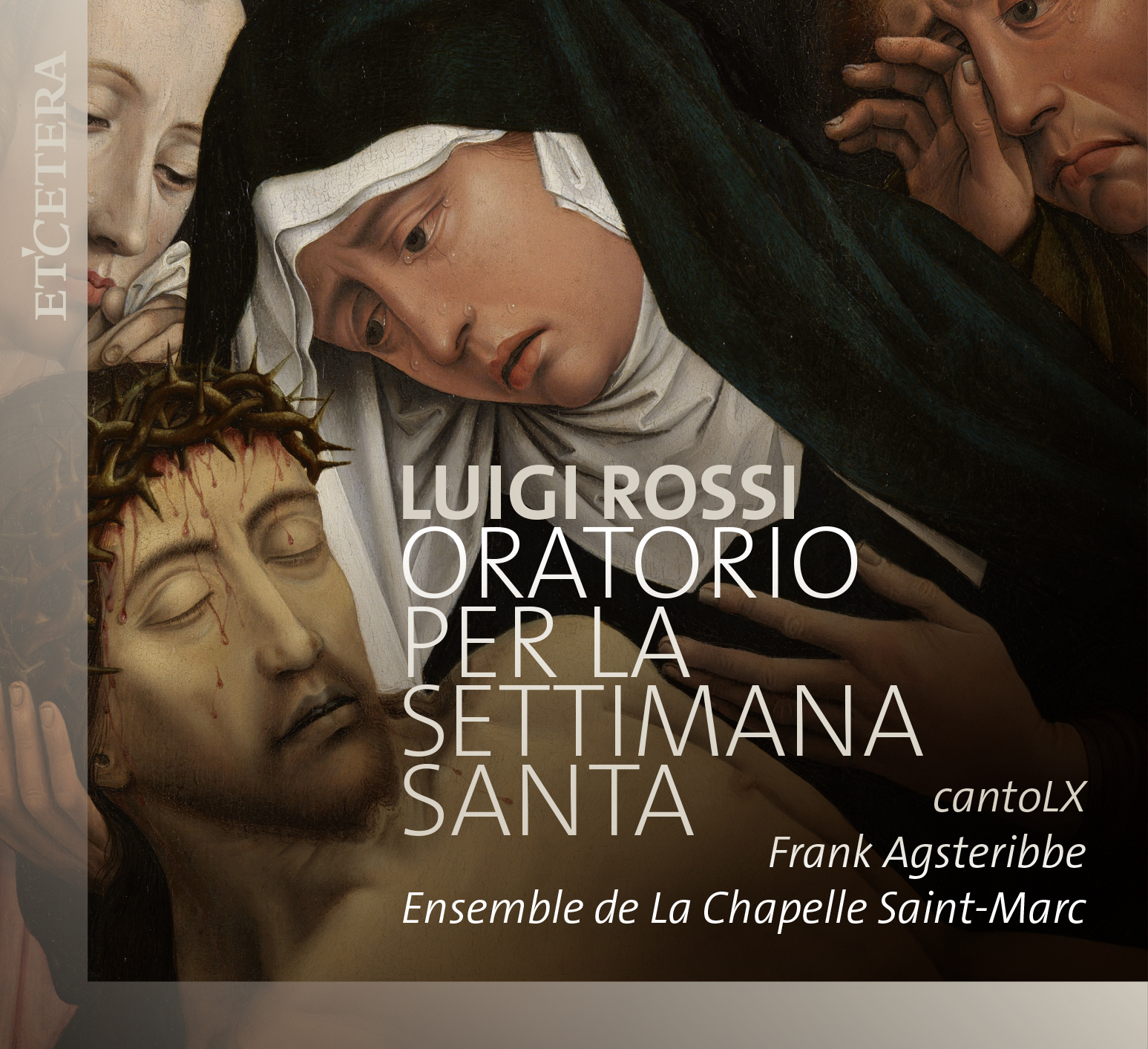
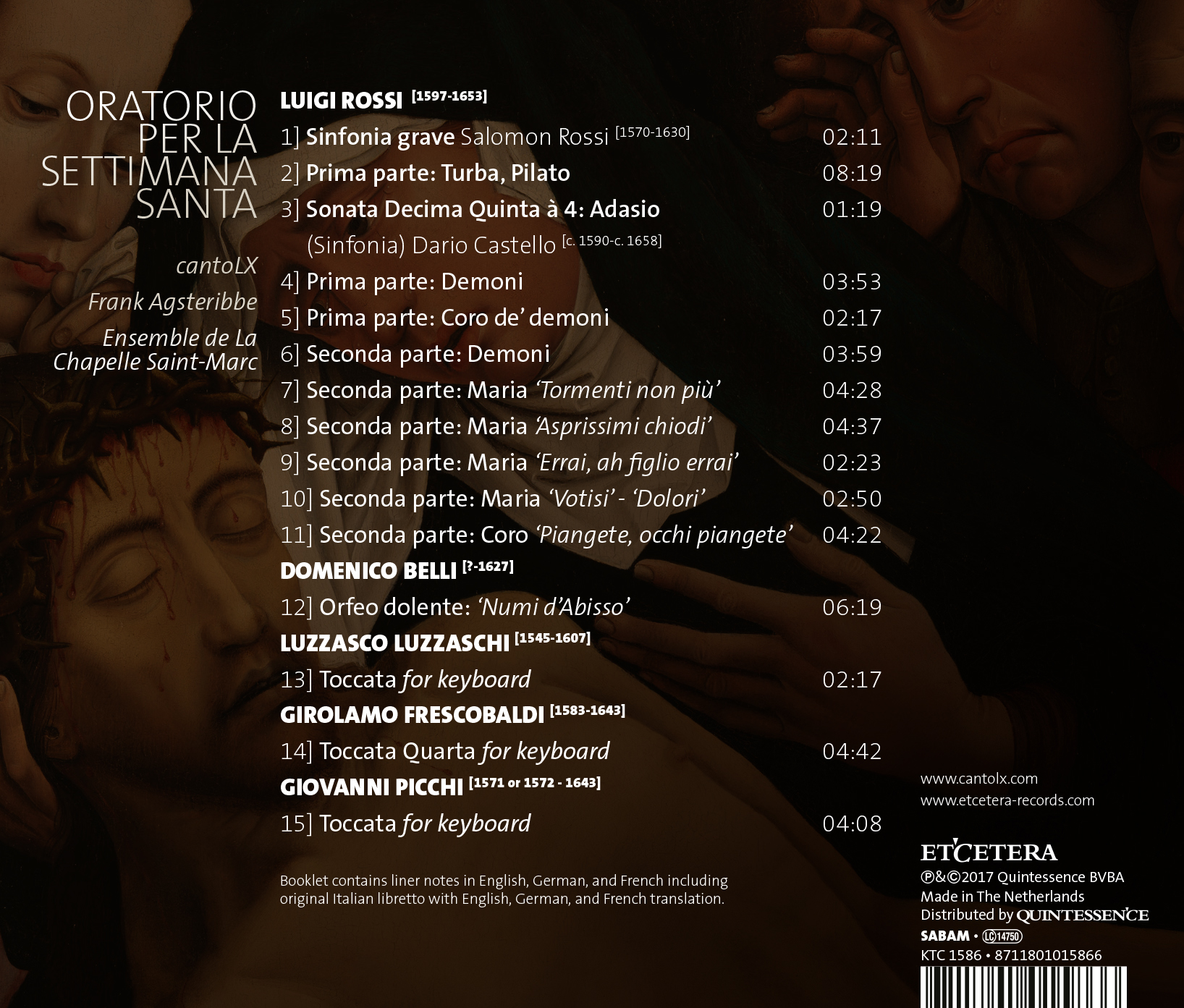

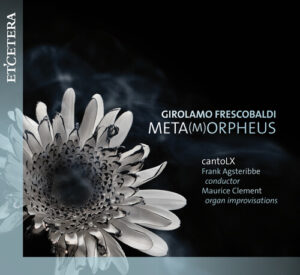
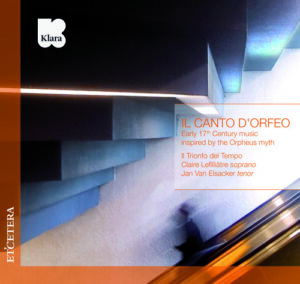
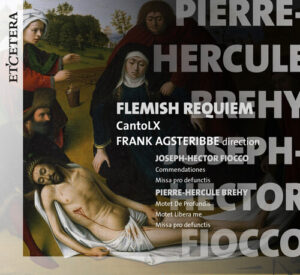
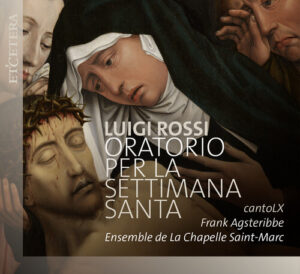
Reviews
There are no reviews yet.